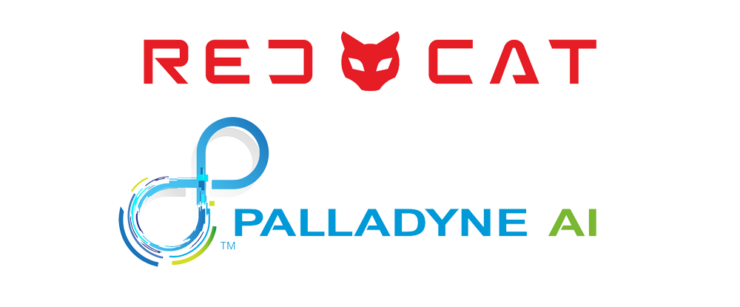
Drones were first used by the military as early as World War I, though these early prototypes were rudimentary and not deployed in combat. It wasn’t until the Gulf War in the early 1990s that the United States brought widespread attention to military drones, employing them in surveillance missions that showcased their strategic value.
By the early 2000s, particularly during the wars in Iraq and Afghanistan, drones began to fundamentally reshape military operations, evolving from simple reconnaissance tools into precision strike platforms. More recently, the war in Ukraine has once again transformed drone warfare, demonstrating how both commercial and military grade drones can be rapidly deployed for real-time intelligence, targeting, and even direct attacks, making them indispensable on modern battlefields.
As of 2025, the U.S. drone market is valued at approximately $11.99 billion, with projections indicating growth to around $29.23 billion by 2034, reflecting a compound annual growth rate (CAGR) of 10.4%. In military spending, the Department of Defense (DoD) has allocated about $50 billion in its 2025 fiscal budget specifically for drone and counter-drone technologies, accounting for roughly 5.9% of the total proposed $850 billion defense budget. Additionally, the Pentagon’s Replicator program, aimed at deploying thousands of inexpensive, intelligent combat drones, is set to receive $500 million annually, with plans to field these systems within 18 to 24 months.
The next frontier in military drone technology lies in integrating autonomous capabilities, enabling drones to navigate, identify targets, and make decisions with minimal human input. This shift promises faster response times, reduced operator workload, and greater adaptability in complex combat environments. While many manufacturers have been striving to achieve actionable autonomous systems, only a few have come close, until recently, when two American companies set a new standard with a fully successful multi-drone autonomous demonstration.
Palladyne AI, originally founded as Sarcos Research Corporation in 1983 by University of Utah professor Stephen Jacobsen, evolved from a pioneering robotics firm into a leader in AI software for autonomous systems. Headquartered in Salt Lake City, Utah, the company rebranded as Palladyne AI in 2024 to reflect its strategic shift from hardware to AI-driven software solutions. Red Cat Holdings, established in 2016 by Jeffrey M. Thompson and based in San Juan, Puerto Rico, specializes in drone technology by integrating robotic hardware and software for military, government, and commercial applications. Through its subsidiaries, Teal Drones and FlightWave Aerospace, Red Cat has developed a versatile family of drone systems.
Palladyne AI and Red Cat Holdings officially announced their partnership on October 1, 2024, aiming to enhance real-time decision making and autonomous drone operation, thereby reducing the need for human intervention and increasing efficiency in complex environments. In May 2025, the companies revealed they had successfully performed autonomous operations featuring three drones working collaboratively.
The drones used were Red Cat’s Teal 2 and Black Widow. The Teal 2 is a rugged, lightweight drone built for rapid deployment, equipped with high-resolution thermal imaging sensors that enable reconnaissance and surveillance even in GPS-denied environments. The Black Widow is a compact, highly portable small unmanned aerial system (sUAS) optimized for short-range intelligence, surveillance, and reconnaissance (ISR) missions.
Palladyne’s Pilot AI software empowers drones to navigate dynamically, share data with each other during flight, and work together to adapt mission plans based on changing environments or detected threats. During the recent tests, the three drones performed coordinated surveillance sweeps, autonomously adjusting flight paths to avoid obstacles, all while a single operator monitored operations. Representatives from both Palladyne and Red Cat emphasized that these capabilities will allow operators to leverage drone technology more effectively in complex, real-world scenarios.
This achievement not only validates the technical synergy between Red Cat’s advanced hardware and Palladyne’s AI software but also signals a shift in the future of aerial operations. It paves the way for defense agencies to deploy swarms of autonomous drones capable of operating independently in GPS-denied or communication-restricted environments, bringing the vision of fully autonomous battlefield support systems closer to reality. To date, no announcements have been made regarding any purchases of the Palladyne and Red Cat systems by U.S. military branches. Nevertheless, it is clear that the next frontier in drone technology is closer than we may realize.
|